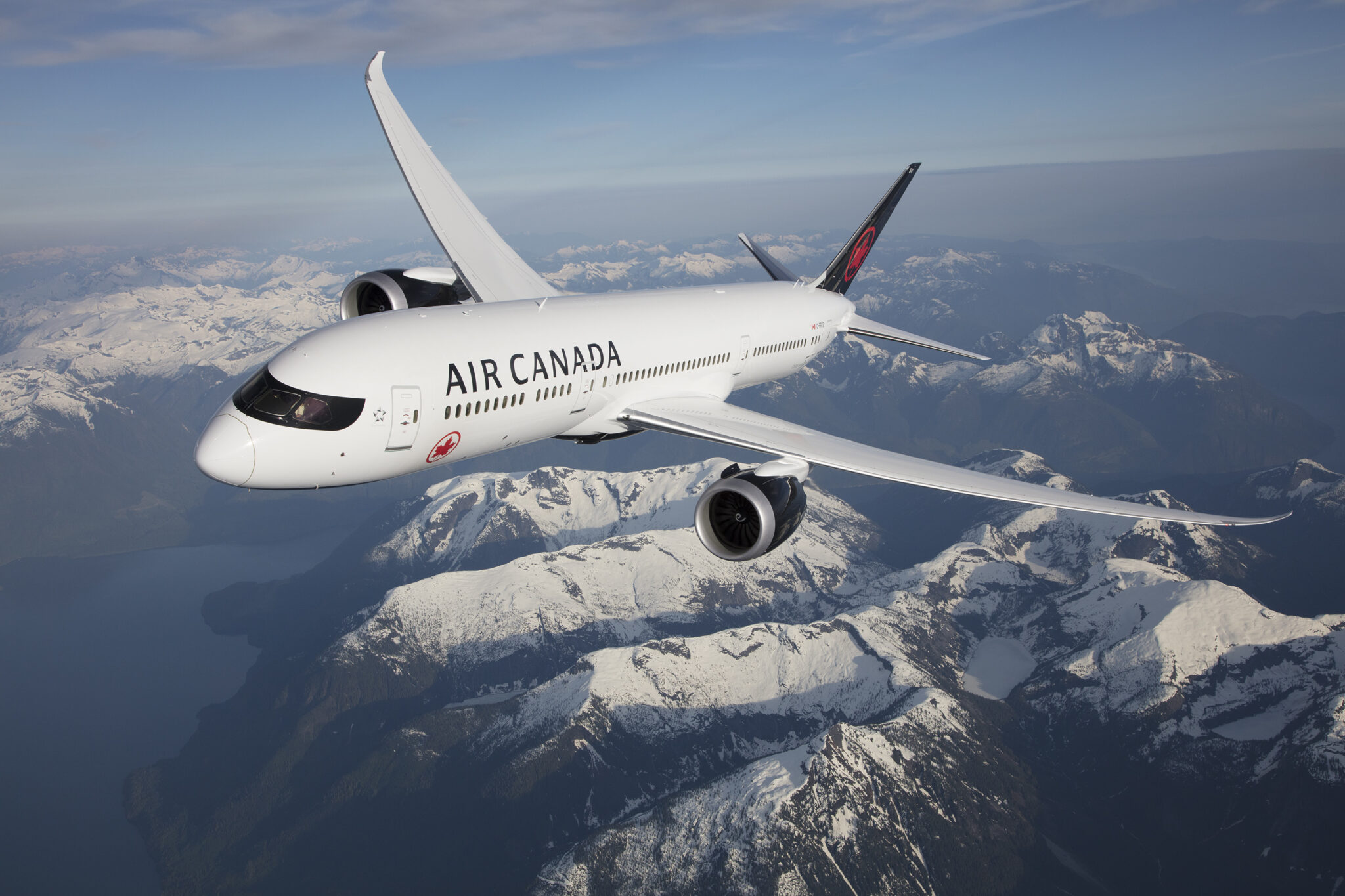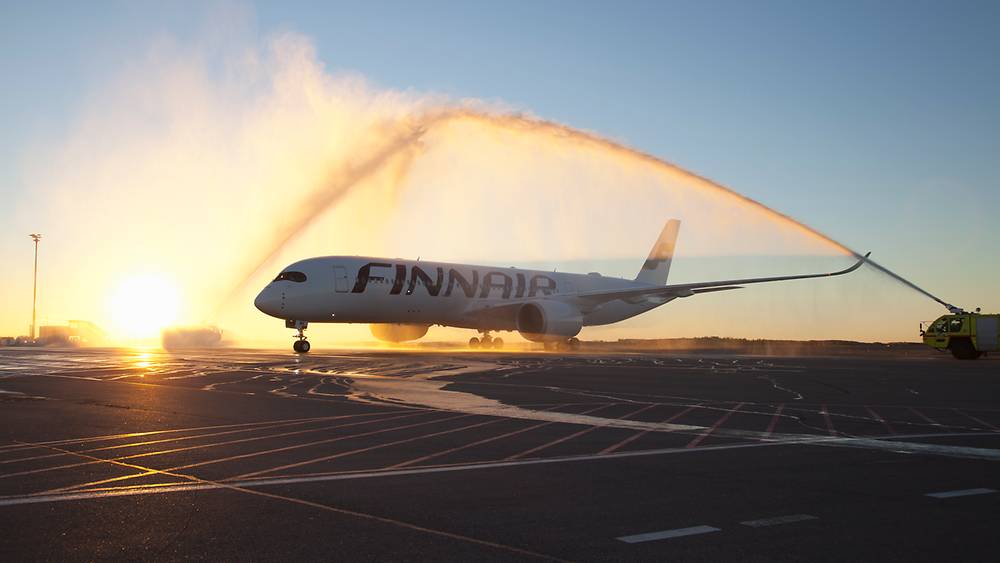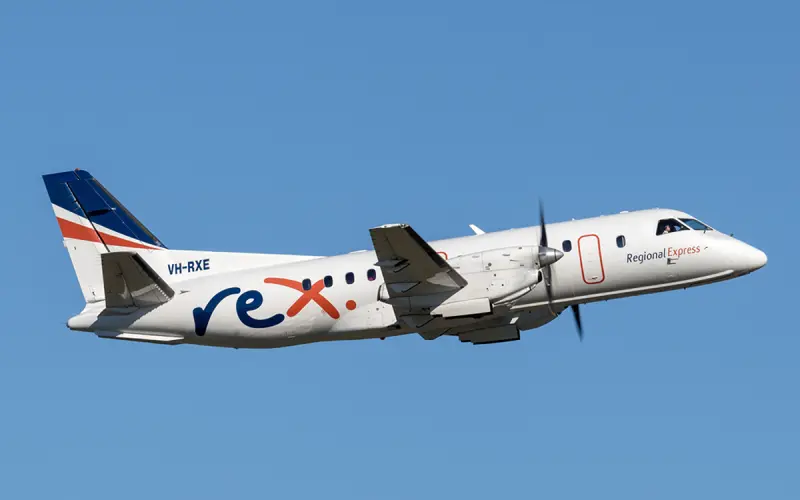AirAsia broke through the 50 million passenger barrier again in 2016, as demand for its short-haul flights continued to flourish.
The low-cost carrier group boarded a total of 56.59m passengers last year, 12% more than in 2015. This growth rate far exceeded a 4% expansion of seat capacity, which allowed AirAsia’s average load factor to jump six percentage points to a strong 86%. At the end of 2016, the group operated a total of 172 aircraft.
Malaysia AirAsia remains the largest of the group’s subsidiaries, handling 26.41m passengers in 2016, up 9% year-on-year, while Thai AirAsia’s passenger numbers jumped 16% to 17.22m. Indonesia AirAsia’s traffic was flat at 6.52m passengers, and Philippines AirAsia saw a 19% surge in traffic, to 1.04m.
And the youngest of the group’s subsidiaries, AirAsia India, achieved a 68% jump in passenger traffic, to 2.45m. AirAsia Japan, which was supposed to relaunch last year, still hasn’t got off the ground.
AirAsia’s expansion will continue in future; the group still has approximately 400 new aircraft scheduled to be delivered.



 share
share










































